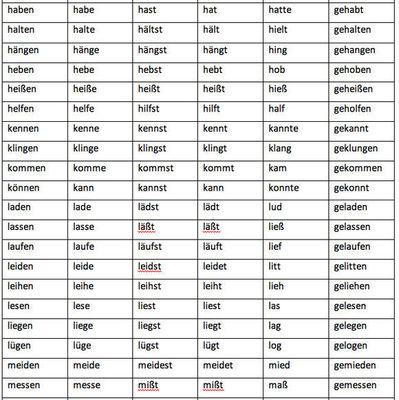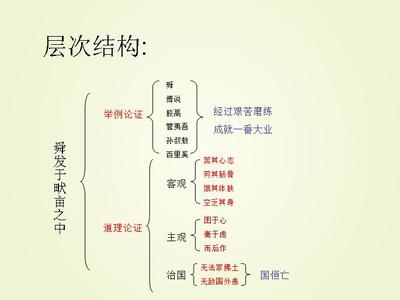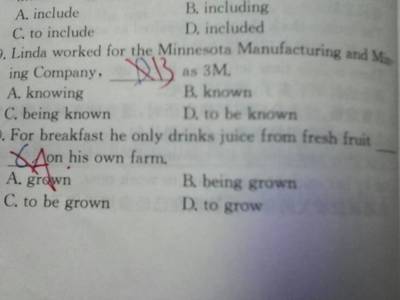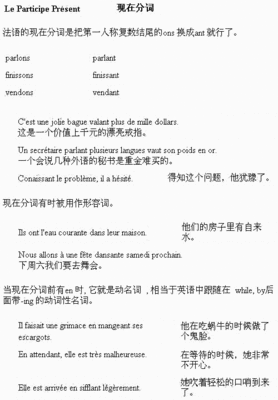伴随状语出现的条件是:
1) 由一个主语发出两个动作
2) 或同一个主语处于两种状态,
3)或同一个主语发出一个动作时又伴随有某一种状态。
伴随状语的逻辑主语一般情况下必须是全句的主语,伴随状语与谓语动词所表示的动作或状态是同时发生的。
'Can't you read?' Mary said angrilypointing to the notice.
She came runningtowards me.
The children ranout of the room, laughing and talking merrily.
They stood therefor an hour, watching the game.
She sat at the deskreading a newspaper.
Traveling by jeep,we visited a number of cities.
Following theguide, they started to climb.
伴随状语首先是一种状语,用来修饰动词的,同时是表示与谓语动词同时进行,即伴随着谓语动词的动作同时进行。如:
He said it angrily pointing at the notice on the wall.
他生气地说着,手指着墙上的布告。
这里,point与said同时进行,因此,pointing在这里是现在分词作伴随状语,表示主动和正在进行。
例子:
1He died doingwhat made him happiest.
2He laughedlooking at the funny boy.
 爱华网
爱华网



